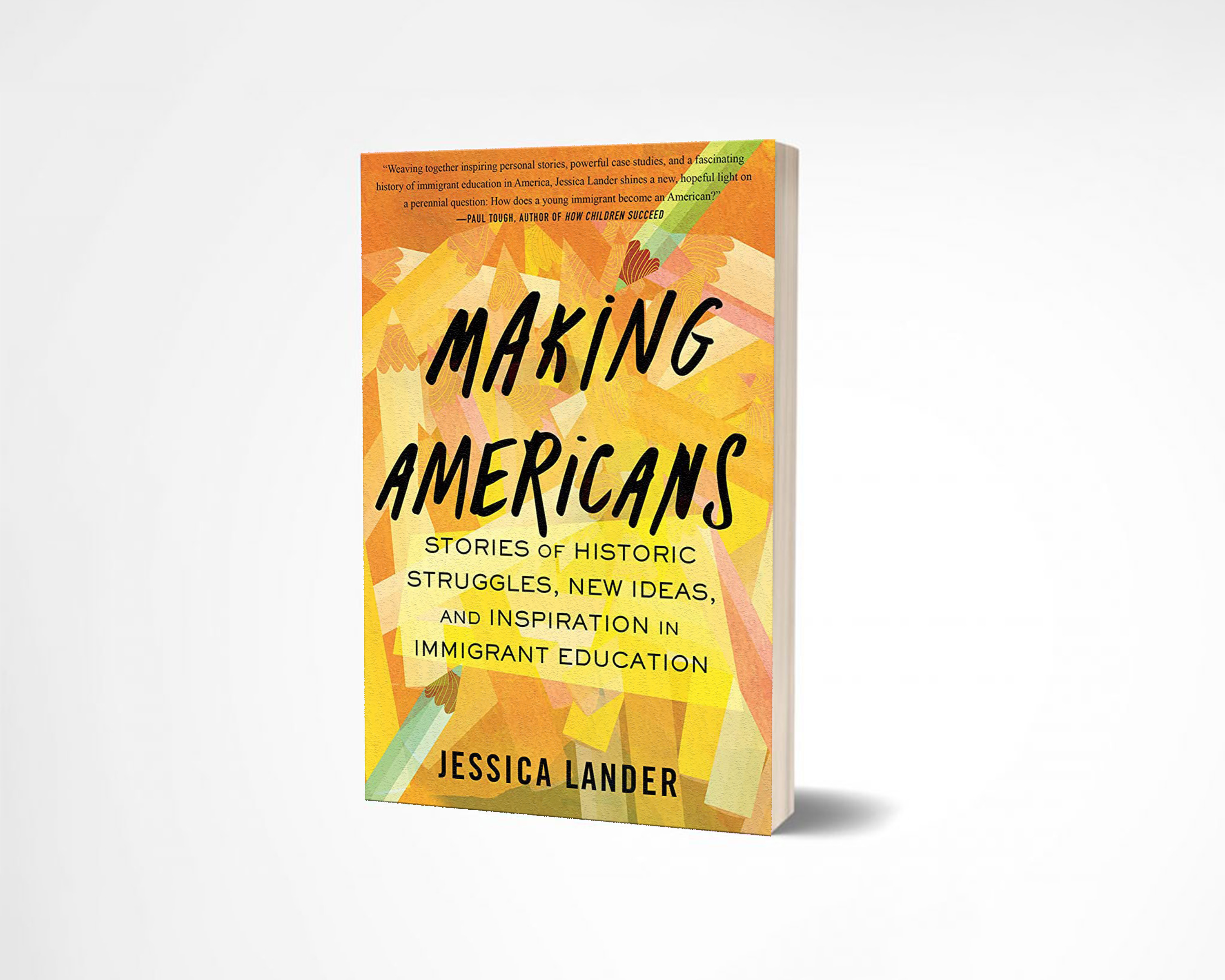
Women’s History Month is a crucial time to celebrate women and recognize their exceptional work and accomplishments. Women such as Jessica Lander not only have the talent to write Making Americans but also held the spotlight for many stories of phenomenal women in her book.
Making Americans is a book that navigates the experiences of many immigrant and refugee voices and stories. Lander travels a reader across the country, telling stories from many states, including Georgia. Lander emphasizes from the introduction that this book was created to recognize those who make America and shed light on their stories and identities.
When Lander reaches Georgia, she introduces the marvelous school that built a generation worth of education for bright young women: The Global Village Project (GVP). Lander states, “The Global Village Project, located on the second floor of a church on the outskirts of Atlanta, teaches roughly forty young women, all born into conflict. They come from Cameroon, Colombia, and Chad, from Syria, Myanmar, Rwanda, Afghanistan, Pakistan, Eritrea, and the Democratic Republic of the Congo”
GVP is a school founded by Suzie and Ricky. It was built to provide the opportunity for many refugee/immigrant young girls to access an education that understands them and their personal needs. GVP constructed a community of bright minds with struggling stories that have achieved more than they could have dreamed.
In many of the women Lander mentions, the astounding Sun was introduced with a perplexing past but would go on to have a bright future. Sun is ethnically Karen, a land of persecuted people, which led to Sun living in a Thai refugee camp her whole life. Sun had difficulty adjusting to public school when she first arrived in the U.S. Sun also complained about not fitting in with her peers and the feeling of not belonging in that space, which is why when Sun was presented with the idea of attending GVP, she was unbelievably thrilled about it.
The feeling of belonging that came with attending GVP encouraged Sun to work hard in her studies. With all the support she had obtained, Sun graduated high school achieving the Millennium Gates Scholarship that would allow her to attend undergraduate and graduate school, fully funded.
Another jarring story of a miraculous young woman that Lander introduces is Nasteho. Nasteho has a rich background of holding an ethnic identity of Somali and was born in Djibouti. Nasteho, just like Sun, comes from a difficult past with tired parents seeking a brighter future for their daughters. Nasteho expands on her struggles of first arriving in the U.S. and having a hard time learning and making friends in the classroom. Nasteho’s excitement of attending GVP came from feeling like she finally belonged somewhere.
Nasteho’s success came with achieving the Posse scholarship that allowed her to attend George Washington University. Nasteho constantly brings up her parents and her desire to make them proud, gifting them with an educated daughter who would forever repay them for all they have done for her.
Making Americans gives the perspective of all the rich stories and history of women and immigrants that have made America. Lander states, “For refugee children to believe they belong, they must feel welcomed and accepted—not just by peers, but by neighbors. And for this, Dr. Dryden-Peterson notes, long-established residents must believe that arriving refugees will enrich their community and that supporting newcomers will not come at the expense of those already there” Lander provides these stories to make a difference and to create a new view to render harmony within American communities.
